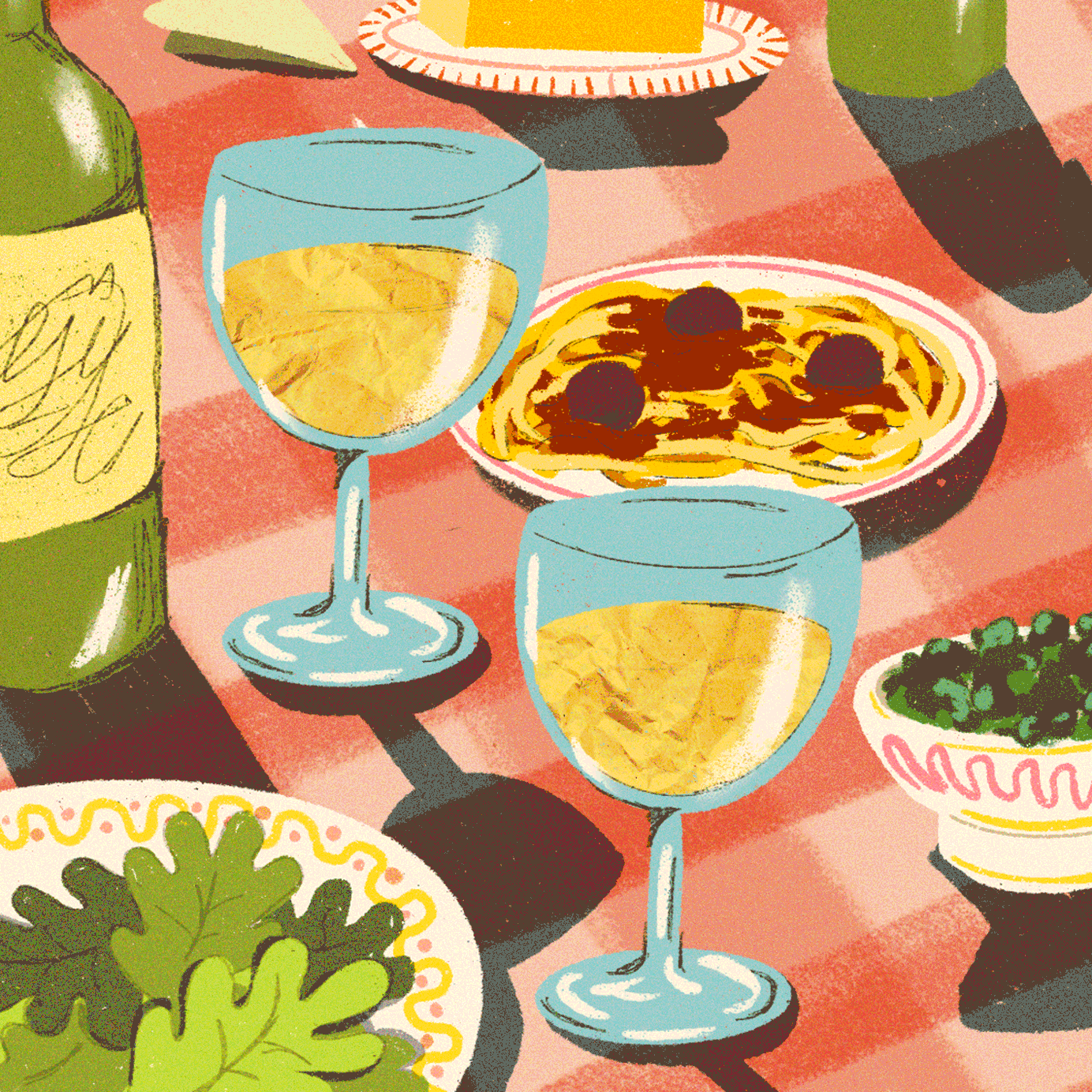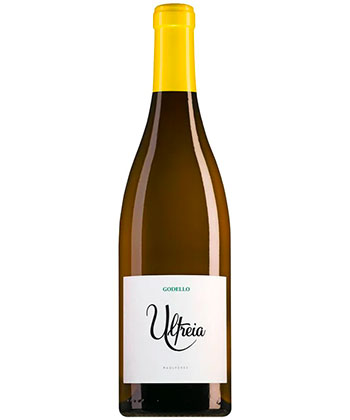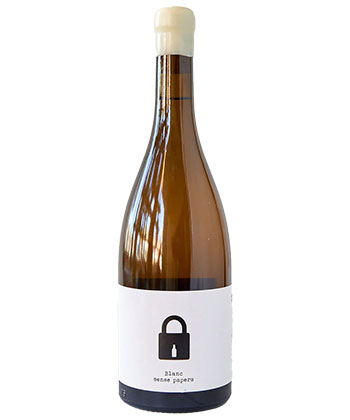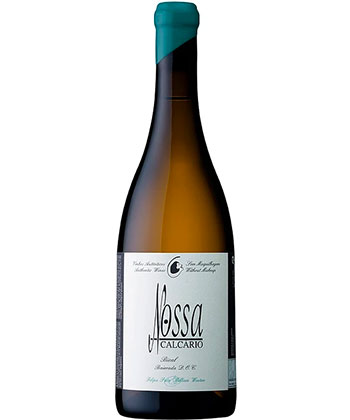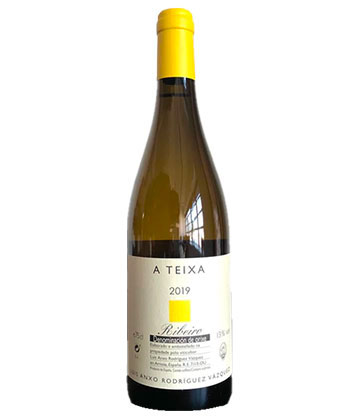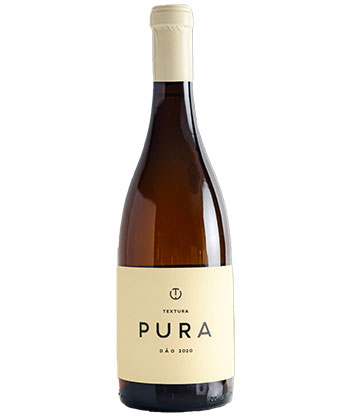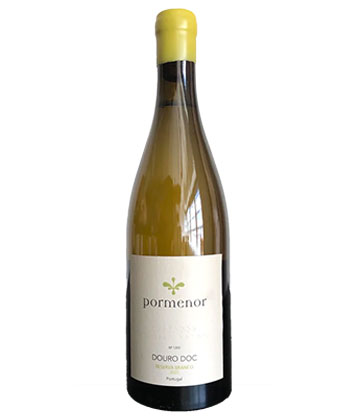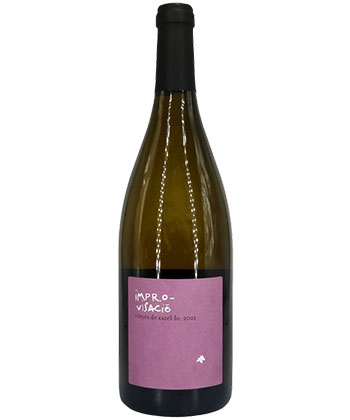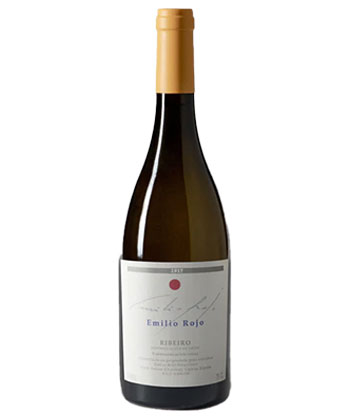As red wine skews toward lighter-bodied, low-alcohol, chillable expressions, there’s an opposite movement gaining steam in the world of white wine. Instead of leaning lighter, sommeliers are embracing more textured and full-bodied whites — particularly those from the Iberian peninsula.
This up-and-coming category has become a secret weapon for somms looking to provide their guests with complex white wines at a solid price point. Matt Wolfe, the beverage director for several New York restaurants focused on regional Spanish cuisine, including Chelsea’s beloved Txikito as well as Brooklyn’s La Vara and Saint Julivert, is well acquainted with the style.
Designing multiple wine lists centered around this corner of Western Europe, Wolfe pinpoints wines that match common profiles diners tend to look for. “There’s always that goal of finding white wines that resemble Burgundy without the price,” Wolfe says. “It’s about offering wines that might be unfamiliar on paper, but are familiar on the palate.”
Armed with this insight, Wolfe stacks his lists with wines that provide the coveted balance between bright acidity and unctuous mouthfeel that earned France’s most lauded still whites their fame. Examples at La Vara range from a round Godello from Raúl Pérez in Bierzo to a powerful Rabigato from Luis Seabra in the Douro Valley.
“This wine has the texture and weight of a white Burgundy but it is also unabashedly not trying to be anything other than what it is.”
It doesn’t hurt that textural whites are also incredibly food-friendly. At Txikito, a bottle of Luis A. Rodriguez’s “A Teixa” — a complex white made primarily from the Treixadura grape in Spain’s Ribeiro region — perfectly complements both a delicately plated octopus carpaccio and fatty, charcoal-kissed swordfish belly. The wine has a waxy mouthfeel with a salty finish, seamlessly transitioning between the fresh, citrus-forward dishes and the richer, fattier bites throughout a meal.
These wines don’t just perform well when paired with dishes from their country of origin, though. At Cecily, a wine bar that recently opened in Greenpoint, Brooklyn, the cuisine ranges from wine bar favorites like butter beans and mussel toast to a tender roast chicken and Berkshire pork chop. And while the bottle list boasts impressive bottles of Burgundy, beverage director Kristin Ma also loves to lean into Spanish whites that can offer guests great value.
Some of Ma’s favorites include the Suertes del Marqués “Trenzado,” a Listán Blanco from the Canary Islands that has a mouthwatering acidity and silky weight that make it a great pairing for seafood. Ma is also a fan of the wines of Luis A. Rodriguez, particularly the “Viña de Martîn Escolma” bottling primarily made with the Treixadura grape. “This wine has the texture and weight of a white Burgundy but it is also unabashedly not trying to be anything other than what it is,” she says. “It’s salty, mineral, and elegantly broad on the palate.”
Nudibranch, a restaurant in the East Village serving experimental cuisine with influence from both Korean and Spanish cultures, has always featured off-the-beaten path Spanish wines to showcase their incredible value. (Nudibranch manages to keep more than half of its wine list under the $100 mark while still offering a well-curated wine program, a rarity in NYC restaurants.)
More recently, the team doubled down on these efforts by opening a new wine bar concept, Tin Parlour, that exclusively serves lesser-known wines from the Iberian Peninsula. Devon Fleming, the wine director at Nudibranch and Tin Parlour, wanted to create a space for guests to try new things. “People are comfortable with Albariño and that’s pretty much it in terms of Spanish whites,” Fleming says. “We try to push them to try other great wines from these regions like Albarín and Garnatxa Blanca.”
Tin Parlour is just one example of the new wave of wine bars in New York that are centered around Spain and Portugal including Place des Fêtes, Bar Vinazo, and Ernie’s Wine Bar. Lita, a modern Iberian restaurant in Aberdeen, N.J., is another great example. It offers both approachable bottles like the Filipa Pato Dinamica as well as stand-out cult favorites like the esteemed Emilio Rojo Ribeiro Blanco. As more sommeliers continue to share their appreciation for these wines with interested drinkers, this category is slated to take off among wine lovers as well.
A Guide to Textural Whites From Spain
Spain’s northwest region of Galicia, commonly referred to as “green Spain” for its lush pastures and forests, is renowned for the bright Albariño wines from the oceanfront sub-region of Rías Baixas. But farther inland lies Ribeiro, an area that’s home to many lesser-known interesting native varieties that are increasingly making their way onto wine lists stateside.
One such example is Treixadura, a slow-ripening variety that can produce expressive wines, with floral aromatics and citrus and stone fruits notes wrapped up in a rounded body.
As for Ribeiro producers, Wolfe recommends Luis A. Rodriguez. “For the past six to eight years, I think he has been producing some of the most profoundly delicious bottles of wine in Spain,” he says. “With his winemaking tactics you’re always going to receive texture and power in the wines, with the beauty of coastal sea spray energy that adds tension, too.”
Also common throughout Galicia is Godello, which, when made well, delivers a creamy texture with concentrated notes of citrus oil, apples, and an intense minerality. Both Treixadura and Godello perform equally well in white blends or as varietal wines.
In Penedès, on the northeast side of Spain, several producers are turning their back on the region’s sparkling wine, Cava, and instead using its signature varieties to make still wines.
The bright acidity of Xarel-lo that makes it ideal for bubbly also contributes to its potential as a still wine. Like Chardonnay, this wine presents in two distinct styles, one showing its more delicate fruit notes and minerality, and the other diving deep into its more rich and creamy side with some added depth from oak aging. An increasing number of stellar examples from Penedès include bottles from established names like Enric Soler and up-and-coming producers like Bodega Clandestina and Mas Gomà.
Other grapes from the region to watch out for include Macabeo and Garnatxa Blanco, the latter of which both La Vara and Nudibranch feature on their lists. Fleming mentions Celler Friscach as one of her go-tos, frequently recommending their Vernatxa Instint Primari bottling as an excellent alternative to Chablis.
Further south, in both Jerez and the Canary Islands off Spain’s coast, many producers are embracing the Palomino grape (known in the Canary Islands as Listán Blanco). This variety plays a vital role in sherry production, but as the fortified style struggles, more producers are making expressive and intriguing table wines with it as well. Expect intense salinity, especially from the Canary Islands where they are influenced by mineral-rich volcanic soils. Behind that minerality comes great depth that makes for beautifully balanced and food-friendly bottles.
A Guide to Textural Whites From Portugal
As Portugal shakes its reputation for producing fortified wines and cheap porch-pounders, several small producers are leading a quality, complex still-wine revolution. Across regions like the Dão and the Douro Valley, these winemakers are embracing Portugal’s native grapes and using winemaking techniques that achieve a serious and structured style.
“They are great mid-range white wines that we have on the list at all of our restaurants. Both because they make sense for each restaurant’s vibe, but also because they’re an absolute beast from an over-delivering perspective.”
The common grape varieties that yield these rich and textured whites include Encruzado, Rabigato, Bical, and Malvasia, all bottled as blends and varietal wines. Since producers coax these grapes into either light-bodied and crisp expressions or more bold, full-bodied wines, the intention behind the winemaking makes a huge difference.
Wolfe cites Luis Pato as an excellent example of what Portugal has to offer. “He makes a range of wines, so the style depends on the bottle, but they [offer] an incredible value for the money and have been somewhat unsung in global wine programs in New York until two to three years ago,” he says.
More recently, Wolfe has become particularly obsessed with Textura, a family-run winery founded in 2018 on the slopes of Serra da Estrela in the Dão. “They are great mid-range white wines that we have on the list at all of our restaurants,” he says. “Both because they make sense for each restaurant’s vibe, but also because they’re an absolute beast from an over-delivering perspective.”
Other Portuguese producers to keep on your radar include Filipa Pato, Luis Seabra, and Pormenor. And as the movement toward crafting complex still wines in the nation grows, prepare for many more examples to hit our market.
8 Textural Iberian Whites to Try
Raúl Perez ‘Ultreia’ Godello 2021
A great introduction to the Godello grape, this bottle comes from renowned producer Raúl Perez. Though his Mencia receives a lot of (worthy) attention, this white wine should also be on your radar. It has a salty minerality and vibrant citrus and stone fruit notes, rounded out by an oily mouthfeel that adds complexity.
Average price: $28
Bodega Clandestina ‘Blanc Sense Papers’ 2022
This is a Xarel-lo for the natural wine lover. It’s aromatic on the nose with notes of honeysuckle, peaches, and pear. And the palate offers a great contrast between bright acidity, dense tropical fruit notes, and a creamy texture.
Average price: $32
Filipa Pato Nossa Calcario Bical Branco 2022
Filipa Pato is a talented female winemaker crafting wonderfully complex, but still fun and lighthearted, wines from indigenous grapes in the Bairrada region. Seek out her sparkling rosé (it’s one of the best value bottles of bubbly out there) but also spend some time with this powerful white wine. Made with 100 percent Bical grapes, and aged for eight months in oak barrels, it has a mineral, smoky nose with a slight nutty character and an enticing, creamy palate. There’s a saltiness from the Atlantic influence, but a dense mouthfeel that evens it out and adds great tension.
Average price: $35
Luis A. Rodriguez ‘A Teixa’ 2019
Luis A. Rodriguez is responsible for some of the most exciting wines coming out of Spain right now. He has quite a deep range, but the A Teixa bottling captures the potential of the Treixadura grape, and Riberio as a whole. The grapes are sourced from a single vineyard planted on granite soils in the town of Ribadavia, and the wine is lush and textured while maintaining a great freshness. Notes of pineapple, citrus, honeysuckle, minerals, and caramel.
Average price: $45
Textura Pura Branco 2020
A field blend from a single vineyard of 55-year-old vines in the Serra da Estrela area of Portugal’s Dão region, this blend includes multiple native varieties and is aged in used barrels on the lees for 11 months. It has enticing notes of lemon and lime zest, green apples, and well-integrated vanilla flavors from oak aging. The palate is unctuous with a distinct texture reminiscent of lemon oil or olive oil.
Average price: $47
Pormenor Reserva Branco 2020
From Portugal’s hilly Douro region, this blend combines 90 percent Rabigato and 10 percent Malvasia Fina. It’s intense on the palate with incredibly vibrant fruit and oak flavors, including pineapple, green apple, citrus, vanilla, and spices. The elegant acidity and minerality lend to a long finish.
Average price: $50
Enric Soler Improvisació 2021
Enric Soler has worked to recover old Xarel-lo vines in the Penedès region, and aims to show the variety’s great potential. The Improvisació bottling is wildly energetic, showcasing Xarel-lo’s blazing acidity. Besides the bright minerality and fresh flavors of papaya, herbs, and apple on the palate, there’s an intriguing creaminess that balances the wine.
Average price: $65
Emilio Rojo Ribeiro Blanco 2017
Perhaps the pinnacle of white wines from Spain’s Riberio region, if you’re already well acquainted with the category and want to explore the next level, seek out this rare gem. It’s a blend of local varieties including Treixadura, Loureiro, Lado, Albariño, and Torrontés that delivers stellar complexity. Intense, herbaceous, and mineral, it provides ample proof that Spain can produce whites that stand out on the global stage.
Average price: $115
